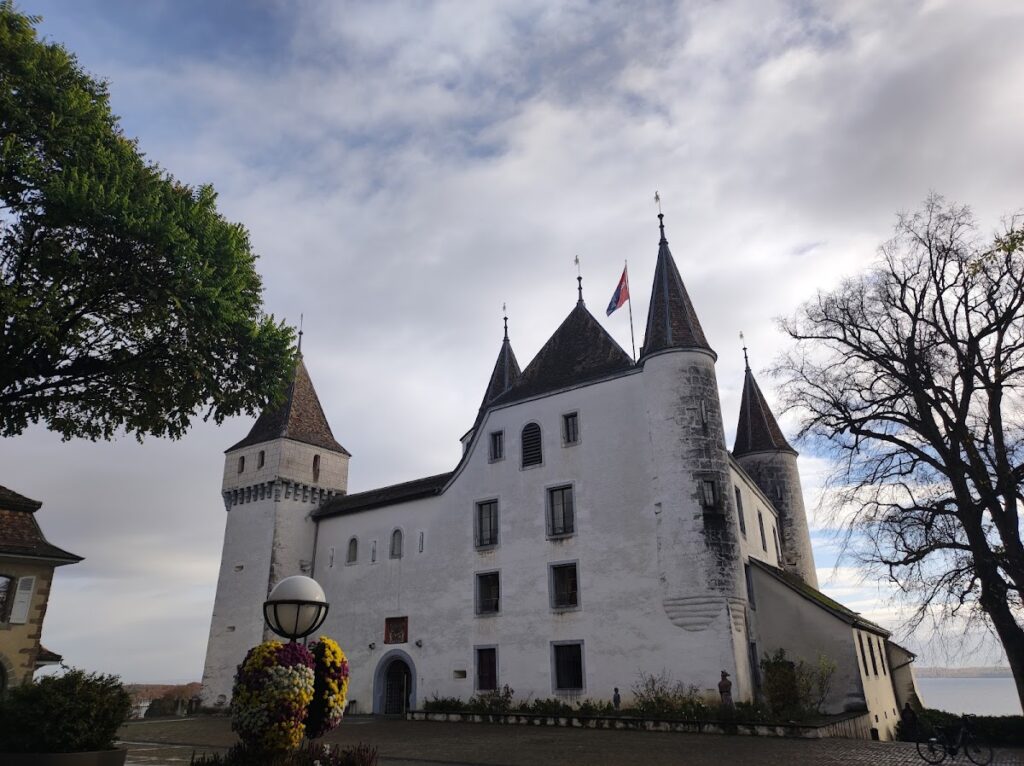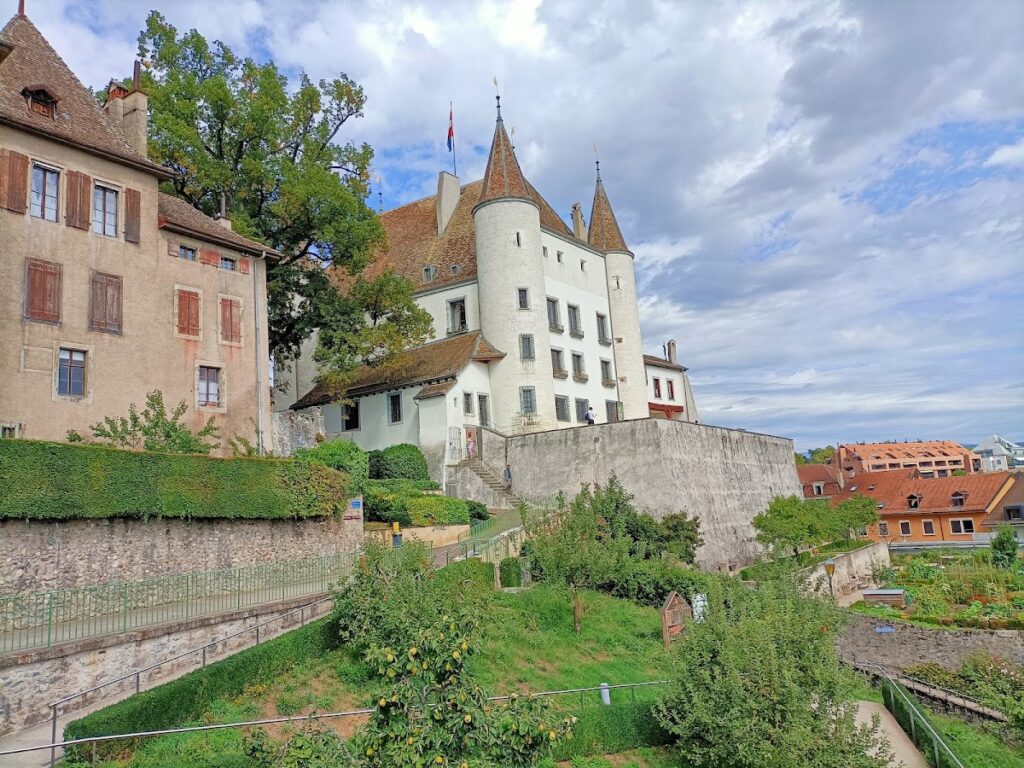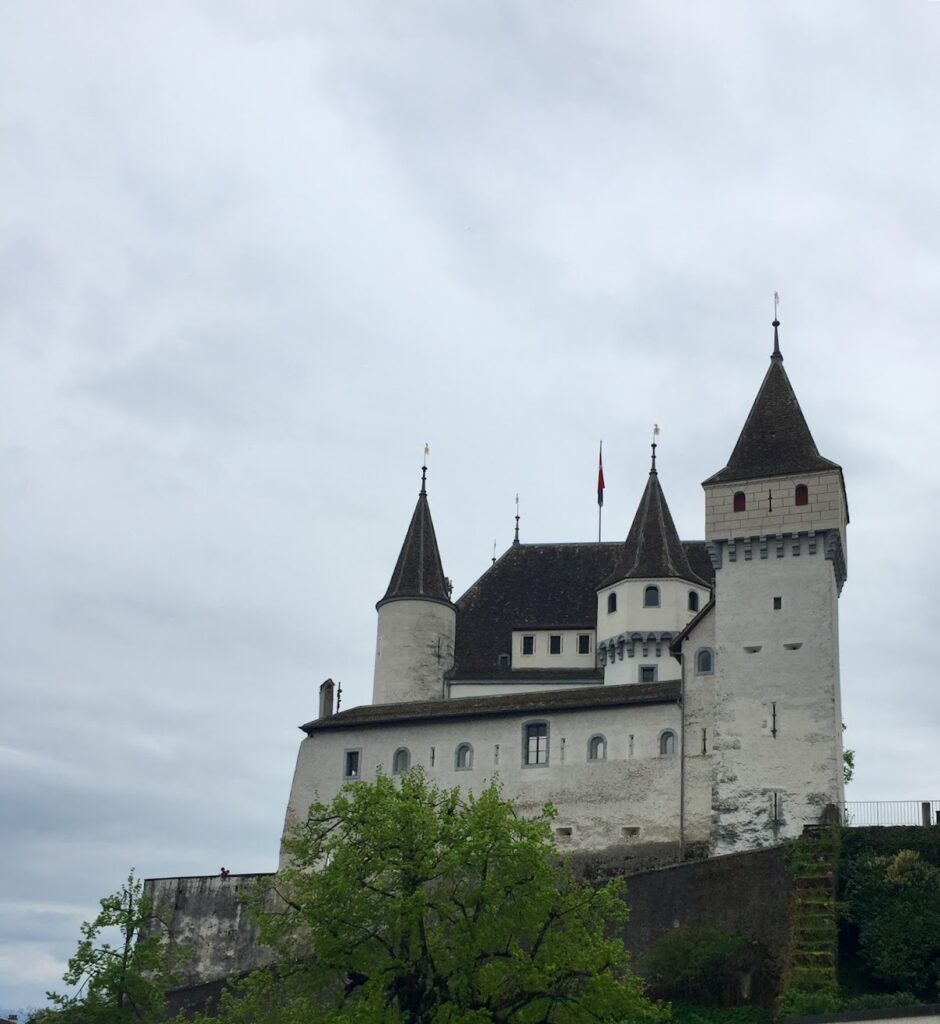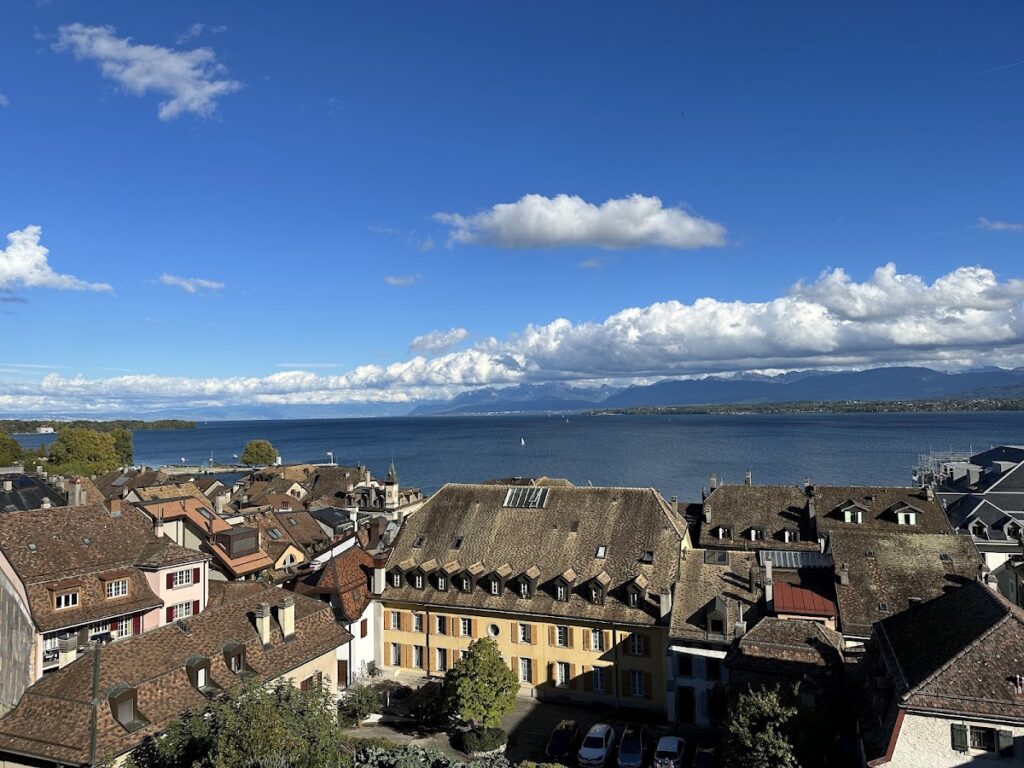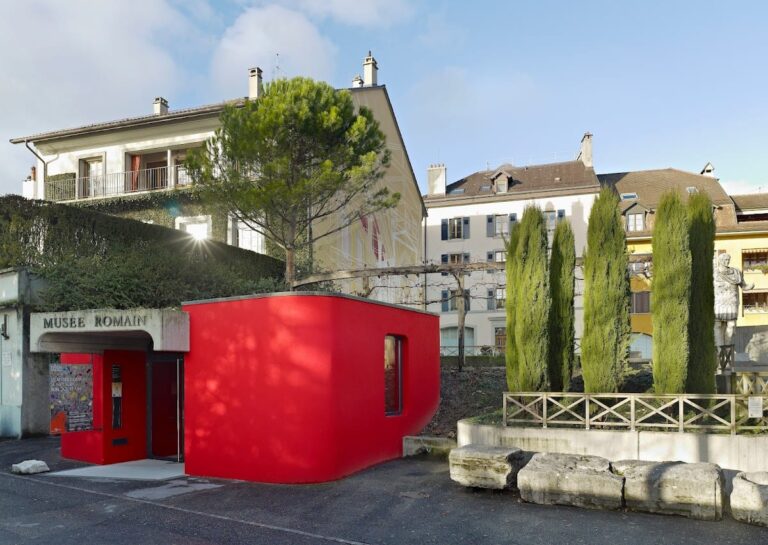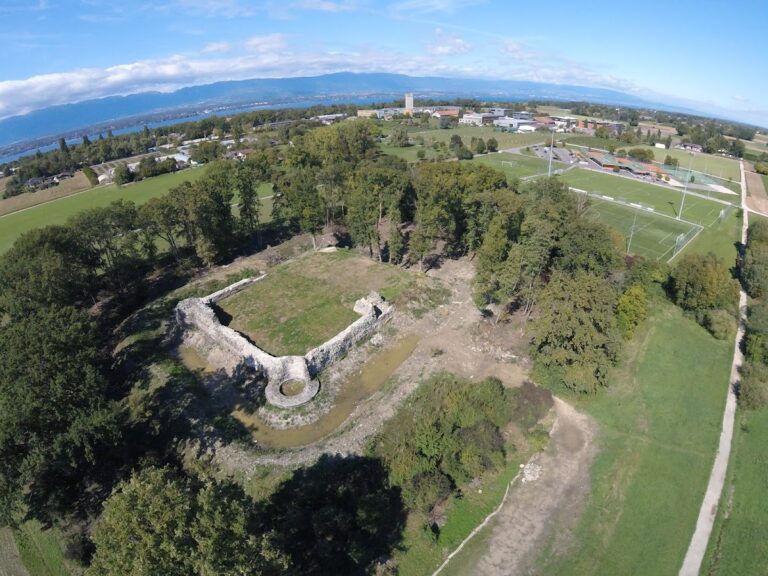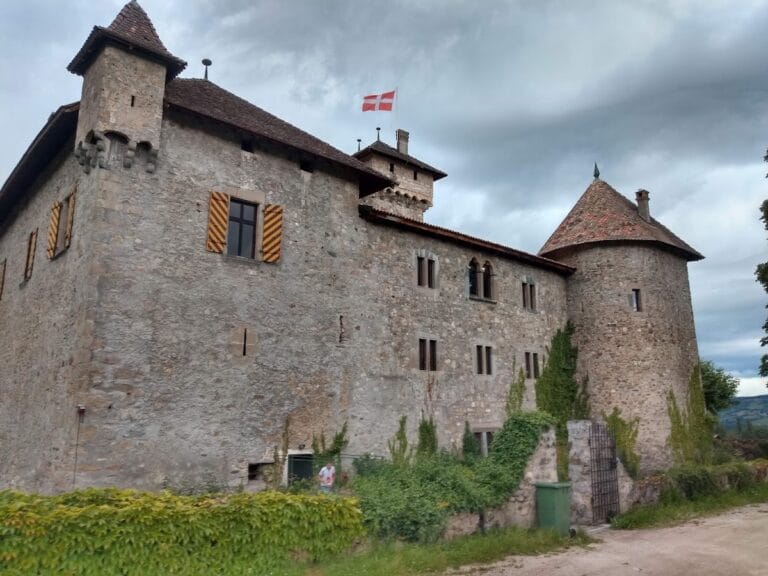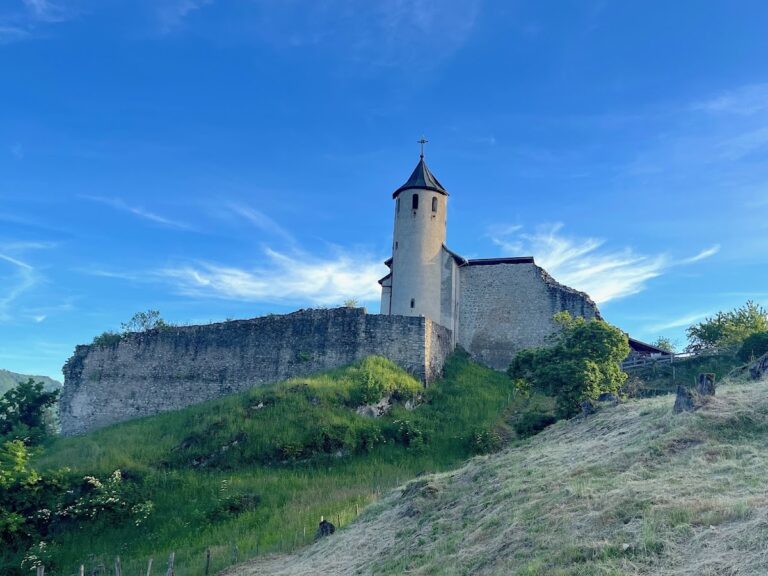Nyon Castle: A Historic Fortress and Museum in Switzerland
Visitor Information
Google Rating: 4.6
Popularity: Medium
Google Maps: View on Google Maps
Official Website: www.chateaudenyon.ch
Country: Switzerland
Civilization: Unclassified
Remains: Military
History
Nyon Castle is situated in the town of Nyon, Switzerland. Its origins trace back to the late 12th or early 13th century when it was built as a fortified residence belonging to the lords of Prangins. This initial construction served as a defensive stronghold during a period when local noble families maintained control over surrounding lands.
In 1293, control of Nyon shifted to the powerful House of Savoy. Under Savoyard rule, the castle underwent significant expansion, including the addition of corner turrets by Guillaume du Chêne. These modifications enhanced the castle’s defensive capabilities and architectural presence, marking a transformation from a fortified house into a more complex castle.
The mid-16th century brought another important phase when Bernese forces conquered the Vaud region in 1536. Soon after, between 1574 and 1583, the castle experienced a comprehensive rebuilding effort. Skilled stonemasons Uli II Bodmer and Antoine Vallon, guided by master builder Uli Jordan, led this reconstruction. Their work redefined the castle’s structure and aesthetics in accordance with the styles and needs of the time.
Following the revolutionary upheavals of 1798 in Vaud, the city of Nyon became the owner of the castle in 1804. Around 1825, the external defensive walls and fortifications that had protected access to the castle were removed. This removal physically connected the castle more closely with the town’s public square, prompting a change from a strictly military fortress to a civic building.
Throughout the 19th and 20th centuries, Nyon Castle served various administrative and penal functions. It housed district prisons until 1979 and accommodated municipal council meetings and courtrooms until 1999. Since 1888, the castle has also hosted a museum dedicated initially to local history, which later expanded to include a collection of porcelain, becoming the Museum of History and Porcelain of Nyon.
From 1999 to 2006, the castle underwent an extensive restoration costing 17.5 million Swiss francs. After this carefully managed renovation, the museum expanded to occupy the entire castle building, securing its preservation and continued cultural role. Recognizing its cultural and historical value, Nyon Castle is listed in the Swiss Inventory of Cultural Property of National and Regional Significance.
Remains
Nyon Castle is constructed on a site with evidence of Roman-era habitation, indicating that the location has long been important for settlement before the medieval structure was built. The original medieval construction consisted of a fortified house, which was later expanded in the late 13th century with the addition of corner turrets. These turrets served defensive purposes, providing vantage points to secure the castle’s perimeter.
The 16th-century reconstruction introduced substantial architectural modifications. Master masons Uli II Bodmer and Antoine Vallon applied their skills to both structural and ornamental elements under the direction of Uli Jordan. Their work, coming from the Valsesia region known for its stone craftsmanship, contributed to the castle’s characteristic appearance and stability. This period shaped much of the castle’s present form.
During the early 19th century, the castle’s original outer fortifications that controlled access and defense were dismantled. This removal connected the castle more openly to the adjacent public square, signaling a shift in its function from purely defensive to more civic-oriented uses. The castle now integrates with the town rather than standing apart as a separate fortress.
In its current state, the building houses a museum that occupies the entire structure, including a renovated terrace area. The castle has been well maintained, particularly following the major restoration carried out between 1999 and 2006. This work ensured that the building’s fabric was preserved in good condition, retaining its historical character while adapting it for modern use.
Throughout its preserved structures, there are no documented decorative details or inscriptions specifically recorded in the sources. The site’s Roman foundations and medieval and Renaissance phases are the primary archaeological and architectural features confirmed at Nyon Castle.
